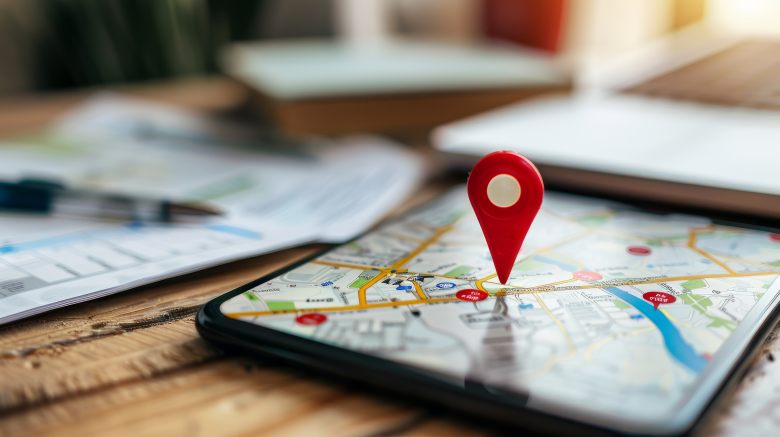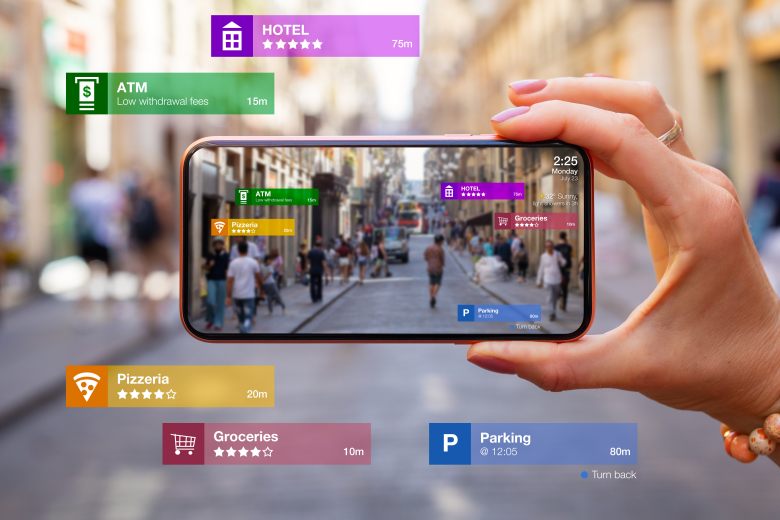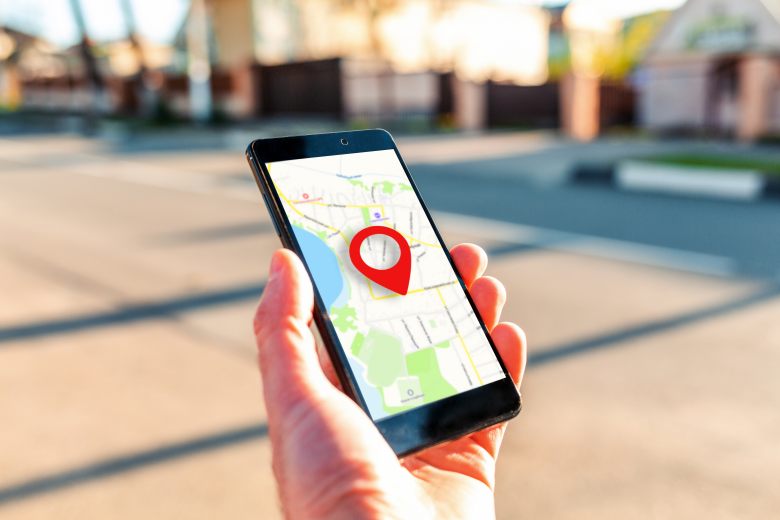In today’s fast-paced, mobile-driven world, reaching your customers at the right place and time is key to successful marketing. Whether you’re running a local bakery or a trendy retail store, knowing how to connect with potential buyers when they’re nearby can dramatically increase foot traffic and boost sales.
Location-based marketing helps businesses achieve this by targeting consumers when they’re most likely to take action.
Imagine sending a personalized discount to someone walking past your store—it’s like whispering a friendly reminder that you’re just around the corner. For companies like ShieldCo, who provide custom signage services, this strategy is invaluable in capturing the attention of local audiences and boosting engagement.
What is Location-Based Marketing?

Location-based marketing (LBM) uses data from a person’s mobile device to tailor ads and promotions based on their real-time geographical location. It allows businesses to reach customers who are nearby, creating a sense of immediacy and relevance that standard advertising often can’t achieve.
If you’ve ever received a push notification from an app reminding you of a nearby deal, you’ve likely encountered this marketing technique firsthand.
This approach capitalizes on the natural human preference for convenience. People love spontaneous purchases, and receiving a well-timed message when they’re close to your business can nudge them closer to action.
Whether it’s offering a discount on coffee or promoting a flash sale, location-based marketing opens up endless possibilities.
How Does Location-Based Marketing Work?
Businesses constantly seek new ways to engage with their customers and stand out in a crowded marketplace. One of the most powerful tools at their disposal is location-based marketing. This approach allows companies to target audiences with relevant ads, offers, or information based on their geographic location. But how does it work, and why is it so effective?
A clear example would be Starbucks: This company uses location-based marketing to alert users about nearby stores, and customers who receive these notifications are 60% more likely to visit. This method allows businesses to reach people in their immediate vicinity and drive spontaneous purchases.
Here are a few more methods businesses use:
1. Geo-Fencing
A geo-fence is a virtual perimeter that marketers can create around a specific area, such as a store, event location, or neighborhood. Once a user enters this predefined area, they may receive targeted content or notifications based on their proximity.
For example, a retail store like Walmart has successfully used geo-fencing to send notifications about time-sensitive discounts as customers approach their stores, resulting in increased impulse buys and greater foot traffic
2. Beacons and Proximity Marketing
Beacons are small, wireless transmitters that use Bluetooth technology to send signals to nearby devices. Unlike geo-fencing, which covers a broader area, beacons are often used for proximity marketing in localized spaces, such as inside a store. When a customer is within range of a beacon, they can receive tailored notifications, product suggestions, or promotions relevant to their immediate surroundings.
For instance, Macy’s has used beacons in-store to send personalized promotions directly to customers’ phones as they browse specific aisles, enhancing the shopping experience and increasing sales
3. GPS and Mobile Tracking
GPS (Global Positioning System) technology allows marketers to track a user’s real-time location and deliver messages or ads that are relevant to where they are. GPS-based tracking offers precise targeting, enabling marketers to engage users when they are at specific locations or traveling to certain destinations.
For example, McDonald’s has effectively used GPS tracking to send promotional offers to customers driving near their outlets. This strategy increased drive-thru orders, especially during peak meal times, by offering discounts on popular items.

Benefits of Location-Based Marketing
The strength of this strategy lies in its ability to create personalized experiences. Here are the key benefits:
1. Increased Foot Traffic
Location-based marketing allows you to target people who are already close to your business, making it easier to convert them into customers. Imagine someone strolling down the street receiving a 20% off coupon for your café—there’s a good chance they’ll stop in for that coffee.
2. Higher Conversion Rates
Personalization is crucial in today’s marketing landscape, and location-based strategies offer one of the most direct ways to provide relevant content. By targeting people in real time with deals that appeal to their immediate needs, businesses see higher conversion rates compared to traditional advertising methods.
3. Better Customer Engagement
Location-based marketing allows businesses to engage with customers on a more personal level. Using data to send timely, relevant promotions creates a stronger connection with your audience. Consumers are more likely to engage with brands that seem to understand their habits and preferences.
4. Efficient Use of Marketing Budget
Instead of casting a wide, expensive net, location-based marketing targets specific individuals who are near your business, increasing the chances of driving them to action. This method ensures you’re spending your marketing dollars wisely by focusing on people most likely to visit your store or make a purchase.

Challenges and Considerations
While the benefits of location-based marketing are clear, it’s important to consider the potential challenges:
1. Privacy Concerns
One of the biggest challenges with location-based marketing is consumer privacy. With data collection methods like geo-fencing and GPS tracking, some consumers may feel uncomfortable about how their personal information is being used. Businesses must comply with regulations such as the GDPR (General Data Protection Regulation) and provide clear consent mechanisms for location tracking to strike a balance between personalization and privacy.
For example, Uber faced criticism when it was revealed that they tracked users’ locations even after rides ended. This incident caused a significant drop in trust, showing the importance of transparent data practices
2. Data Accuracy
Location-based marketing relies on accurate, real-time data, but not all location data is created equal. Factors like poor GPS signals or outdated information can lead to irrelevant ads being sent to users, resulting in a poor user experience. Ensuring the reliability of location data is crucial for successful campaigns.
3. Over-Saturation
Sending too many location-based notifications or ads can overwhelm users, leading to frustration and causing them to opt out of future communications. It’s important to deliver relevant, timely content without overwhelming your audience.
4. Technological Limitations
Although technologies like beacons and GPS enable precise targeting, they come with challenges such as battery drain, compatibility issues, and inconsistent device performance, all of which can limit the effectiveness of campaigns.
Location-Based Marketing: A Game Changer for Small Businesses

Location-based marketing is especially valuable for small businesses looking to target local customers. It’s a cost-effective way to reach the right people without spending a fortune on traditional advertising. By leveraging technologies like geo-fencing, beacons, and Wi-Fi, small businesses can create highly targeted campaigns that drive results.
Whether you’re aiming to increase foot traffic, boost sales, or engage with your local community, location-based marketing is a tool you can’t afford to ignore. And just like ShieldCo, you can get your message to potential customers in your vicinity.
If you’re a small business owner, experimenting with geo-fencing or proximity marketing could be the first step to increasing your in-store traffic and engaging customers more effectively.

